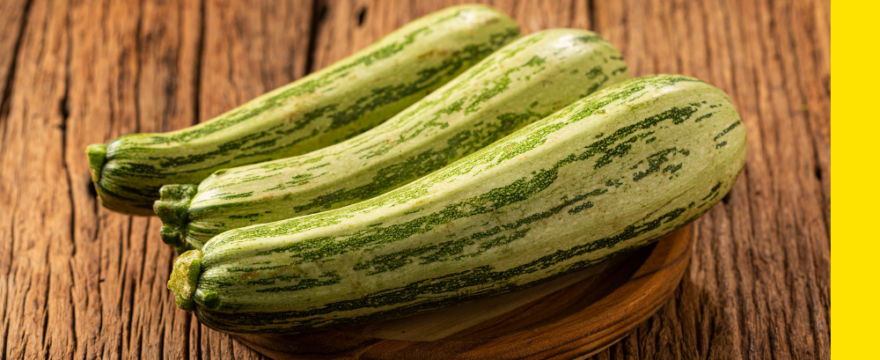When it comes to food sensitivities, one size doesn’t fit all. If beans leave you bloated, sluggish, or unwell, going bean-free might be the perfect solution for you. This guide will help you create a diet that supports weight loss, enhances your mood, and promotes smooth digestion—all without relying on beans or other unhealthy ingredients.
Why Go Bean-Free?
Beans are known for their fiber and protein, but they’re not always the best option for everyone. Here are some common reasons why people go bean-free:
- Digestive Sensitivities: Many people struggle to digest the oligosaccharides in beans, which can lead to gas, bloating, and discomfort.
- Simplified Nutrition: Avoiding beans opens the door to alternative foods that may be gentler on your system and align better with specific health goals.
Benefits of a Bean-Free Diet
Here’s how a bean-free lifestyle can transform your health:
1. Promote Fat Loss
Replacing beans with low-starch vegetables, healthy fats, and quinoa can encourage your body to burn fat more efficiently. These foods regulate blood sugar and keep you satisfied without the heaviness.
2. Improve Mood
By eliminating potentially inflammatory foods like beans, you give your body a chance to restore balance. Pair this with omega-3-rich seeds and antioxidant-packed produce to naturally elevate your mood.
3. Reduce Gas and Bloating
Without beans in your diet, your digestive system can focus on processing foods that are easier to break down, leaving you feeling light and energized.
What to Eat on a Bean-Free Diet
Instead of beans, focus on whole, plant-based foods and nutrient-dense ingredients that nourish your body.
Plant-Based Proteins
- Hemp and flax seeds: Rich in omega-3 fatty acids and great for hormone health.
- Pumpkin seeds: High in zinc and magnesium, perfect for snacking or topping salads.
- Tempeh: Fermented organic soy options are easier to digest.
- Quinoa and amaranth: These ancient grains are high in protein and naturally gluten-free.
Fiber-Rich Veggies
- Cruciferous vegetables: Broccoli, Brussels sprouts, and cabbage are loaded with nutrients and antioxidants.
- Leafy greens: Kale, spinach, and Swiss chard support digestion and mood with their magnesium and iron content.
- Root vegetables: Purple sweet potatoes, carrots, and beets provide energy without spiking blood sugar.
Healthy Fats
- Avocados: A versatile superfood for heart and brain health.
- Flaxseed oil: Great for salad dressings.
- Walnuts: Packed with omega-3s to support brain function and reduce inflammation. Also adds nice texture as a salad topping. You can also use it to make a variety of raw vegan desserts.
How to Transition to a Bean-Free Diet
Switching to a new way of eating doesn’t have to be difficult. Follow these steps to make it enjoyable:
1. Start Gradually
Replace beans with your favorite bean-free alternatives one meal at a time to ease into the new routine.
2. Add More Variety
Experiment with herbs, spices, and cuisines to keep meals exciting. Think turmeric for anti-inflammatory benefits or cumin for a bold kick.
3. Listen to Your Body
Track how your body responds to the changes. Note improvements in digestion, energy, and mood to stay motivated.
Bean-Free Meal Plan
Here’s a day of simple, delicious meals to inspire your bean-free journey:
Breakfast
- Hemp Seed Smoothie Bowl
- Blend frozen bananas, spinach, and almond milk. Top with hemp seeds, blueberries, and a sprinkle of cinnamon.
Lunch
- Quinoa Veggie Bowl
- Combine cooked quinoa, purple sweet potatoes, steamed broccoli, and a drizzle of tahini dressing.
Snack
- Cucumber and Guacamole Bites
- Slice cucumbers and top with fresh guacamole.
Dinner
- Stuffed Bell Peppers
- Fill halved bell peppers with a mix of quinoa, sautéed vegetables, and crushed walnuts. Bake until tender.
Dessert
- Flaxseed Chocolate Pudding
- Mix flaxseeds, cacao powder, and almond milk. Let sit overnight and enjoy topped with shredded coconut.
Recipe Highlights
Zucchini Noodles with Creamy Hemp Sauce
Ingredients:
- 2 medium zucchini, spiralized
- 1/4 cup hemp seeds
- 1/4 cup water
- 2 tbsp lemon juice
- 1 clove garlic
- 1/4 tsp sea salt
- 1 tbsp fresh dill or parsley (optional)
Directions:
- Blend the hemp seeds, water, lemon juice, garlic, sea salt, and herbs in a blender until smooth to make the sauce.
- Toss the spiralized zucchini with the sauce.
- Serve immediately, garnished with additional hemp seeds or fresh herbs.
Veggie Wraps with Sunflower Seed Pâté
Ingredients:
- 4 large collard green leaves (or other large leafy greens)
- 1 cup sunflower seeds (soaked for 4-6 hours and drained)
- 2 tbsp lemon juice
- 1 clove garlic
- 1/4 cup chopped celery
- 1/4 tsp sea salt
- Sliced vegetables for filling (e.g., cucumber, bell peppers, avocado, carrots)
Directions:
- Blend the sunflower seeds, lemon juice, garlic, celery, and sea salt in a food processor until smooth. Add water if needed to achieve a spreadable consistency.
- Spread the sunflower seed pâté onto each collard green leaf.
- Add sliced veggies on top and roll up tightly. Serve fresh.
Closing Thoughts
A bean-free diet doesn’t mean giving up on flavor or nutrition. By choosing wholesome, plant-based foods that align with your body’s needs, you can achieve your goals while feeling your best.
If you’ve struggled with digestive issues, inflammation, or mood swings tied to your diet, this might be the change you’ve been waiting for. Start small, experiment with new recipes, and enjoy the journey!
Have you tried a bean-free lifestyle? Share your favorite recipes and tips in the comments—I’d love to hear from you!

Leave a Reply